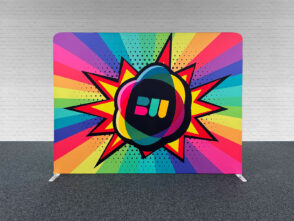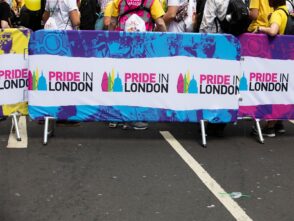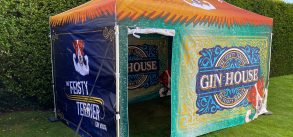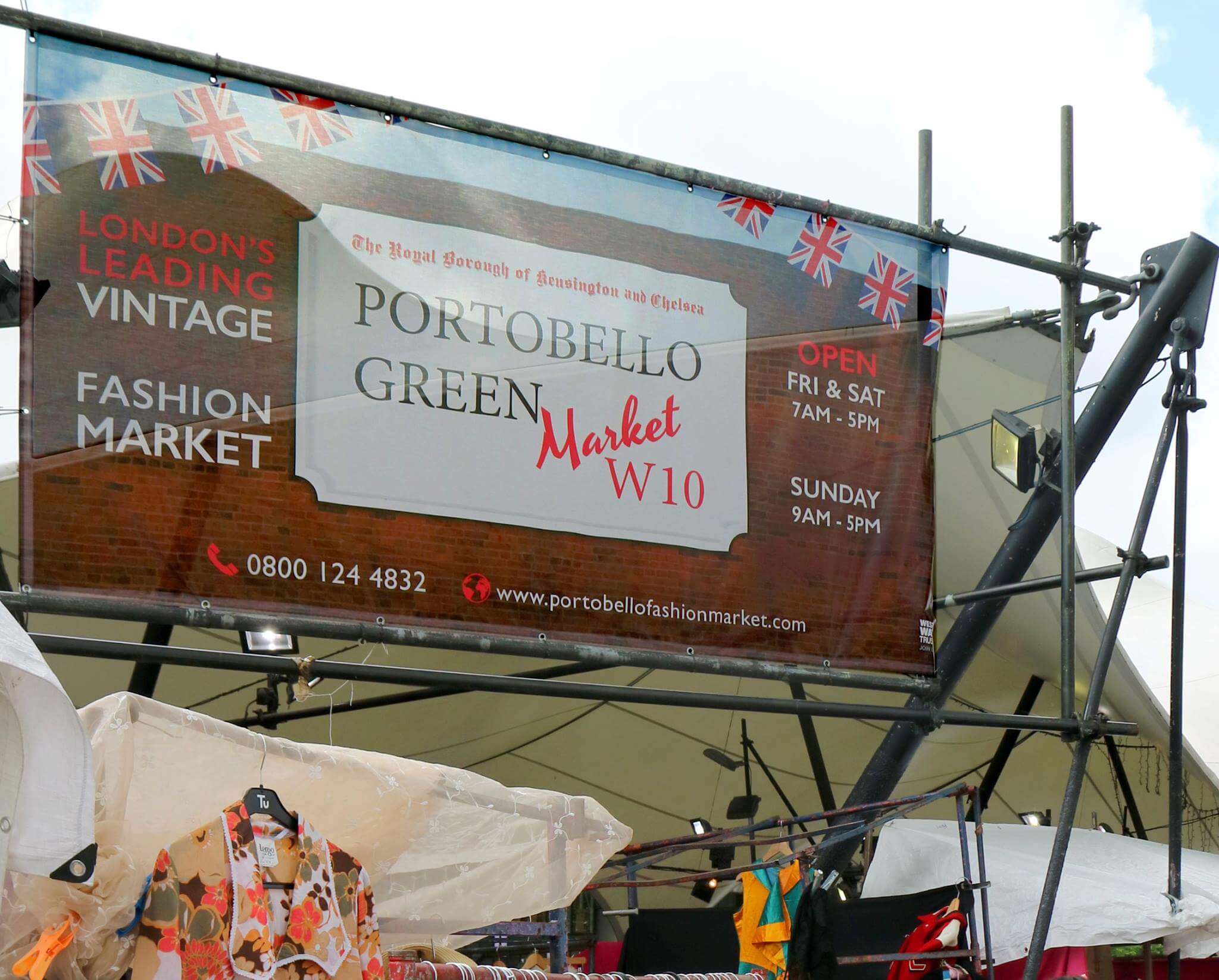Event branding is a crucial element in creating a successful and memorable event. It helps to establish a strong identity, build credibility, increase awareness, create consistency, and improve engagement with attendees. Event branding is the process of creating a unique and recognisable identity for an event that reflects its purpose, values, and personality.
A well-designed event brand can help attract attendees, sponsors, and media attention and create a lasting impression that encourages attendees to return year after year. Like a company brand, event branding comprises many elements, including a logo, website, app, marketing materials, stage design, speakers, sponsors, and event swag. Some elements are similar to an organisation’s brand, but the event brand must stand independently.
Creating an effective event brand requires careful planning and attention to detail. The brand should reflect the event’s purpose and values and be consistent across all event elements. The brand should also be memorable, recognisable, and resonate with the target audience. By creating a strong and consistent event brand, organisers can increase attendance, engagement, and revenue and establish their event as a must-attend in their industry or community.
Why Event Branding Matters
Event branding is an essential aspect of any event planning process. It involves creating a unique, consistent, memorable experience for attendees, sponsors, and stakeholders. Building a strong brand identity has become increasingly important in recent years, as it helps to create a positive feeling around events and drives revenue. This section will explore why event branding matters and how it can benefit your event.
Creating a Memorable Experience
One of the primary reasons event branding matters is that it helps create a memorable experience for attendees. Building a solid brand identity can make your event stand out and leave a lasting impression on your audience. Consistency is vital when it comes to event branding, and you should ensure that all branding elements, such as logos, colours, and messaging, are used consistently throughout the event. This will help reinforce your brand promise and create a cohesive experience for attendees.
Building Credibility and Loyalty
Event branding can also help to build credibility and loyalty among attendees, sponsors, and stakeholders. Creating a solid brand identity can communicate your values and establish trust with your audience. This can lead to increased loyalty and repeat attendance at future events. A consistent brand experience can also help to build credibility with sponsors, who will be more likely to invest in your event if they see a clear and consistent brand message.
Overall, event branding is a crucial aspect of event planning that should not be overlooked. Creating a unique, consistent, and memorable experience for attendees can build credibility and loyalty among your audience and drive revenue for your event.
Critical Elements of Event Branding
Logo and Visual Identity
The logo and visual identity are the essential elements of event branding. The logo should be unique, memorable, and easily recognisable. It should convey the essence of the event and be consistent with the overall brand message. The visual identity includes the colour scheme, typography, and graphic elements used throughout the event. It should be consistent across all marketing materials, including website, social media, banners, signage, and swag.
Website and Social Media
The event website is the central hub for all information related to the event. It should be visually appealing, easy to navigate, and provide all the necessary information about the event, including schedule, speakers, sponsors, and registration. Social media is a powerful tool for promoting the event and engaging with attendees before, during, and after the event. A social media strategy should be developed to ensure consistent branding across all social media platforms.
Banners and Signage
Banners and signage are essential for drawing attention to the event and guiding attendees throughout the event space. They should be consistent with the overall visual identity and convey important information, such as event schedules, sponsor logos, and directional signage. Using large-scale banners and signage can create a grand entrance and set the tone for the event.
Virtual Events
Virtual events require a different approach to branding than in-person events. The virtual event platform should be branded with the event logo and visual identity. A social media wall can create a sense of community among virtual attendees. The virtual event should be promoted on the event website and social media platforms, and attendees should be provided with all necessary information to ensure a seamless virtual experience.
Onsite Branding
Onsite branding can create a memorable experience for attendees and reinforce the overall brand message. Onsite branding includes all event elements that attendees will interact with, such as registration booths, stage design, and event swag. These elements should be consistent with the overall visual identity and convey the character and voice of the event.
In conclusion, the key elements of event branding include the logo and visual identity, website and social media, banners and signage, virtual events, and onsite branding. Consistent branding across all event elements is essential for creating a memorable experience for attendees and reinforcing the overall brand message.
Designing Your Event Branding Strategy
Designing an effective branding strategy is crucial in creating a successful event. Your branding strategy should be tailored to your event’s goals, target audience, and overall message. Here are some critical steps to consider when designing your event branding strategy:
Defining Your Brand Values and Messaging
Defining your brand values and messaging is the first step in designing your event branding strategy. This involves identifying the fundamental values that your event represents and the message you want to convey to your audience. Your brand values and messaging should be reflected in all aspects of your event, from the name and logo to the fonts, colours, and imagery used in your marketing materials.
Creating a Consistent Look and Feel
Creating a consistent look and feel for your event is essential in making it stand out and be memorable. This involves choosing the correct branding elements, such as logos, shapes, themes, templates, flags, signage, and digital branding. Use these elements consistently across all your marketing materials, both online and offline, to create a cohesive and recognisable brand identity.
Choosing the Right Branding Elements
Choosing the correct branding elements is crucial in creating a compelling event branding strategy. Your branding elements should be selected based on your brand values and messaging, as well as your target audience and overall event message. This includes choosing the right fonts, colours, logos, and imagery to resonate with your audience and help convey your message effectively.
Overall, designing an effective event branding strategy requires careful planning and consideration of your brand values, messaging, and target audience. By creating a consistent look and feel and choosing the correct branding elements, you can make a memorable and impactful event that stands out.
Implementing Your Event Branding
Once you have developed your event branding, it is time to implement it. Here are some tips to help you make the most of your branding efforts:
Engaging Experts for Branding Support
Consider hiring a branding expert to help you create and implement your event branding. An expert can provide valuable insights and help ensure your branding is consistent and effective across all channels, from your website to your email signature. They can also help you draw attention to your event and increase registrations.
Maximising Branding Opportunities
Make the most of every opportunity to showcase your event branding. Use your branding consistently on all marketing materials, including your website, social media profiles, and email communications. Consider creating branded merchandise, such as T-shirts or tote bags, to give to attendees. This can help create a meaningful and authentic experience for your attendees, increasing customer satisfaction.
Another way to maximise branding opportunities is to create a branded hashtag for your event. Encourage attendees to use the hashtag on social media, and consider making a social media wall or other display that showcases user-generated content.
Measuring the Success of Your Event Branding
Finally, measuring the success of your event branding efforts is essential. Consider tracking metrics such as website traffic, social media engagement, and registrations to determine the impact of your branding. You can also survey attendees after the event to gather feedback on their experience and the effectiveness of your branding.
By effectively implementing your event branding and measuring its success, you can create a memorable and engaging experience for your attendees while achieving your event goals.











Leave a Reply
You must be logged in to post a comment.